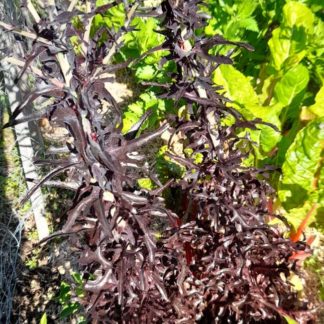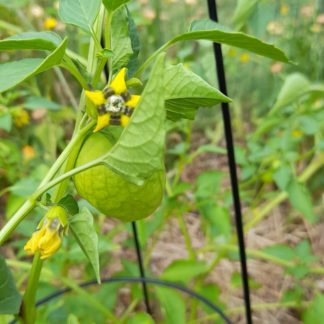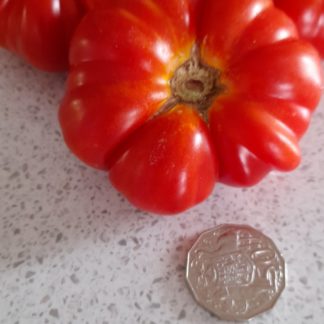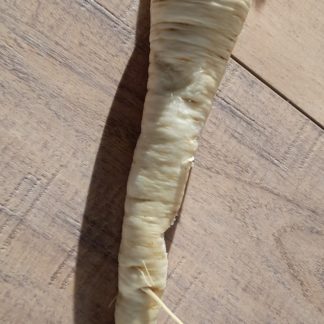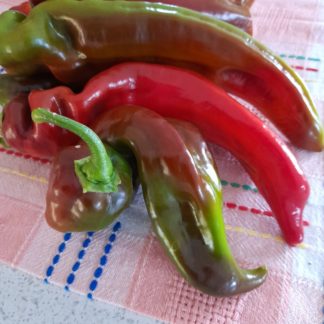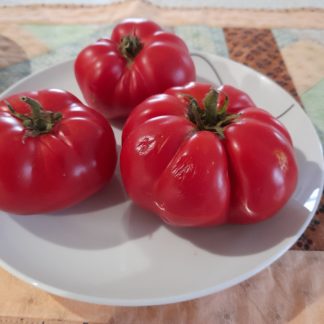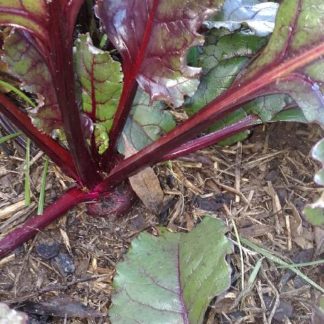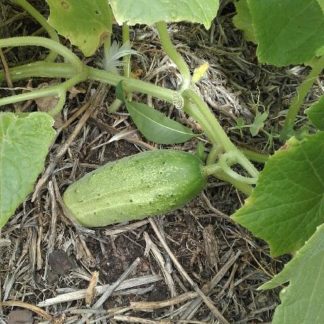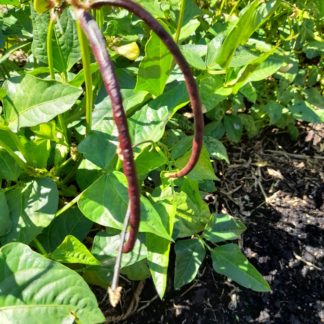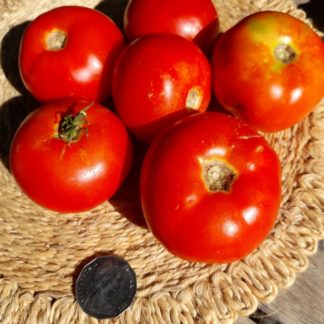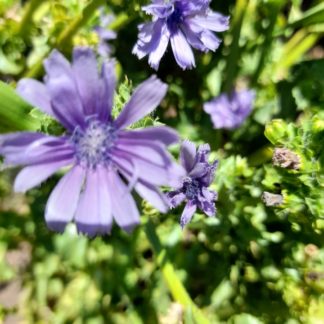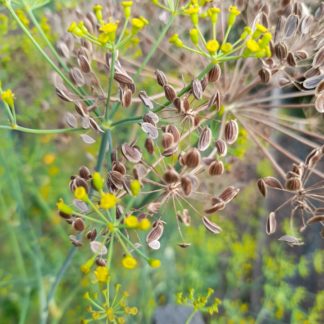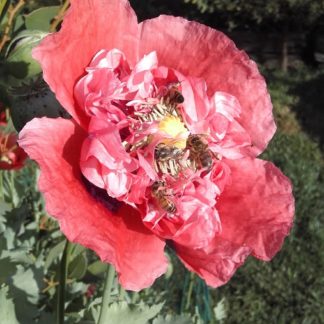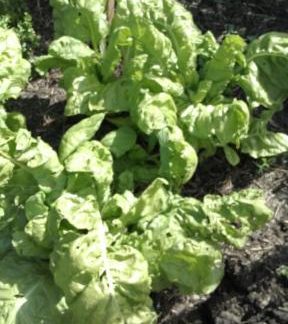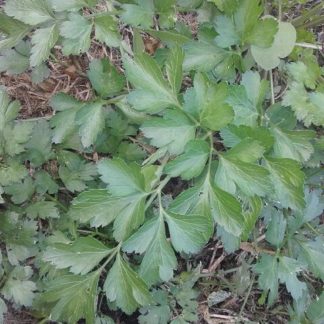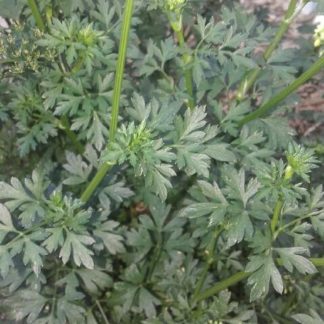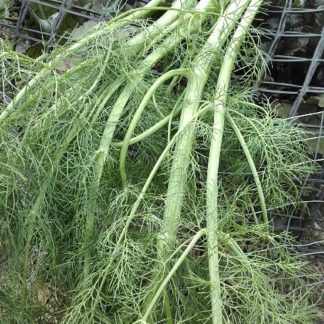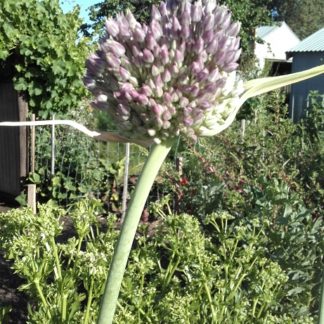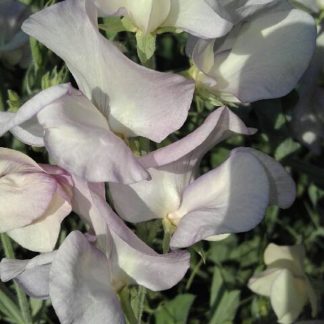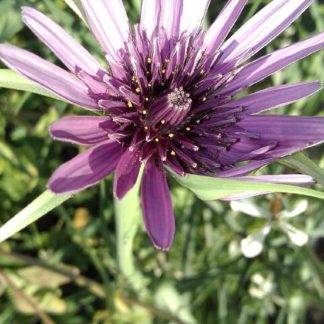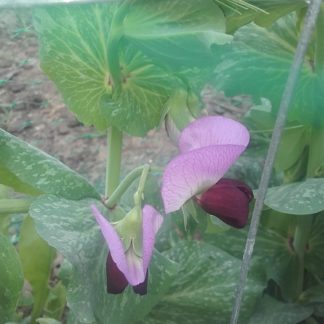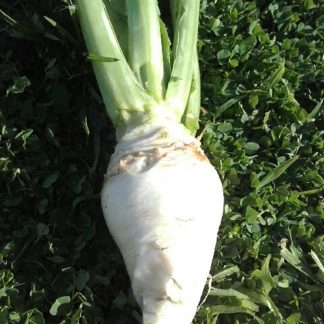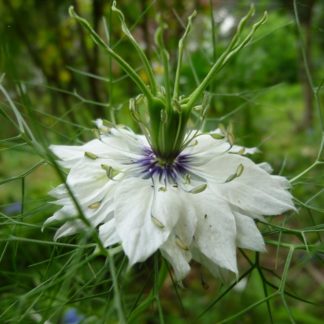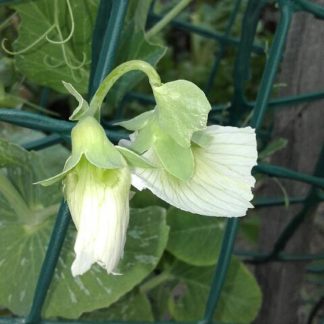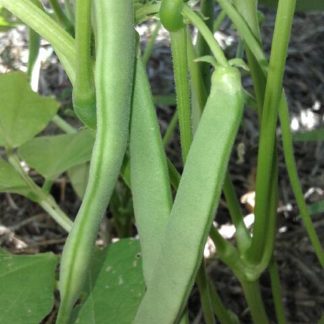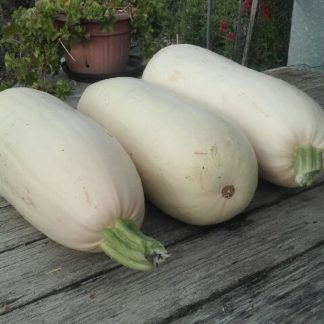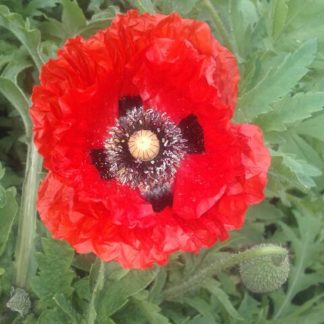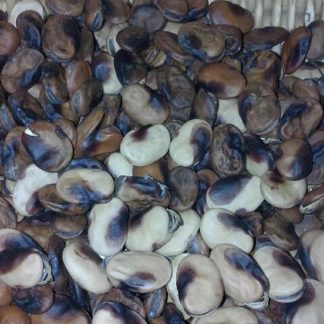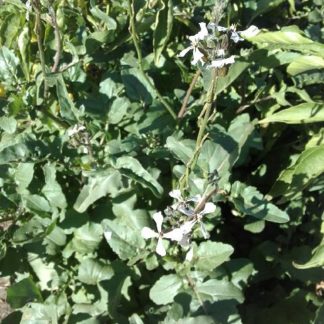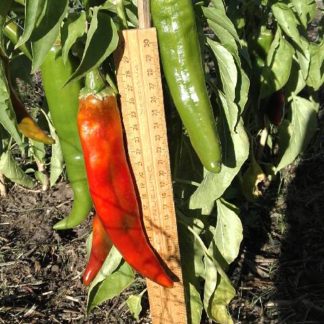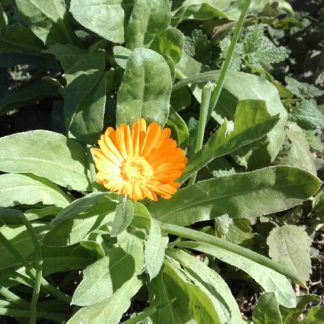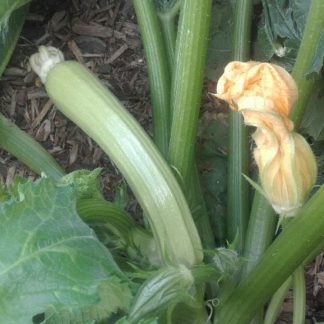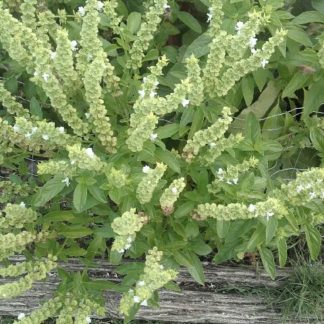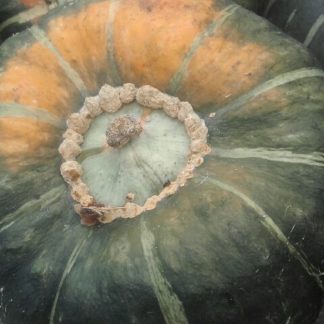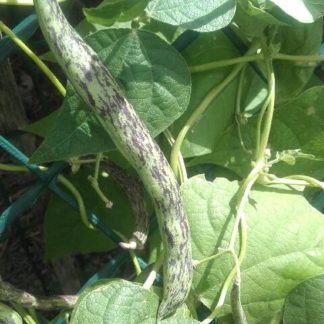Winter is the best time for a wide array of salad greens, both cultivated and wild. A typical bowl now has French Sorrel, Rocket, Continental and Curly parsley, Warragul Greens, Florence Fennel, Red and Green frilly leaf lettuces, Nettles, Red Russian Kale, Silver Beet .
Winter is also marmalade making time; lemon, orange and lime marmalades take advantage of plentiful local citrus. Also Wild Olives that grow along the road side near commercial orchards have been filling up big jars to slowly sit in their pickle mixture till maturity in a few months time, when they will be decanted and then bottled again in oil. Being wild olives means that they vary in size and shape and colour, but all are good tasting when preserved.
This spring I have extended the vegetable garden considerably by turning grass into no- dig beds. I was too late sowing beetroot and turnip seeds last autumn, because I was waiting for other plants with seed heads to mature. In short, I ran out of space.
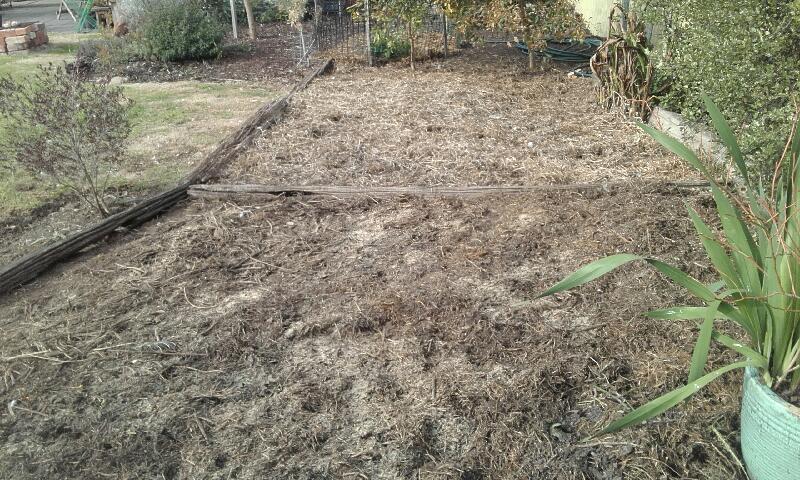
The first no- dig bed is ready for potatoes, Kipflers and Pontiacs. I always buy certified seed potatoes if I have not saved any seed myself. Potato blight is a terrible thing and once in the soil, it takes decades to eradicate. Be sure of using clean organic certified potato seed if you have to buy any. It’s too ear here to plant yet as we are still having frosts, but I hope to do so next month.
The unusually damp foggy season has also prompted me to hold off with most of the pea sowing, as I do not want plants to get rust in the spring. A wet spring in this area often means the local Faba Bean crops get hit with rust problems. The snow peas I did put in are slow but so far healthy.
The broad beans, both the Red Seed Peruvian and the Red Flowered ones, are doing quite well, and this year I also have Purple Sprouting Broccoli, Lucullus Silver Beet , -also called Southern European Silverbeet, Red Russian Kale coming along-slowly. A few more sunny days needed now we are past the shortest day. The winter lettuces, Endive, and NZ spinach are providing plenty of greens to pick and side salads for the ducks as there is not much grass for them to graze on at this time of year.
Multiplier onions and shallots are thru the soil now and the Russian garlic is really getting a move on. I had good returns with the Jerusalem artichokes and have been replanting them along fences and under trees. And this year, the Horseradish roots made a decent size for using in the kitchen.
Our local markets are going to start up again soon, at least for outside stalls, and we have been lucky to avoid the covid virus here in Western Victoria. When you live in a small country town the cost and quality of fruit and vegetables in local supermarkets can be disappointing, and most of us appreciate the fresh food we can get at farmers and community markets. Some other stall holders I know have been selling from the farm gate and have had such success with it, they are wondering whether to continue going to markets. A lot of driving and the cost of petrol has been avoided by them by selling from home. Others I know are now selling products online instead of at markets.
For me, markets are more than buying and selling . A lot of stall holders are retired as I am, and the markets are a hobby. A way to catch up with friends, to exchange , to share, to be part of a community. I have a feeling that cottage crafts and self sufficiency will be more popular than ever if the economy suffers from the predicted long downward slide due to the current global situation.
But here’s to spring and warmer days and recovery , which will come eventually!

